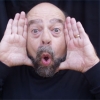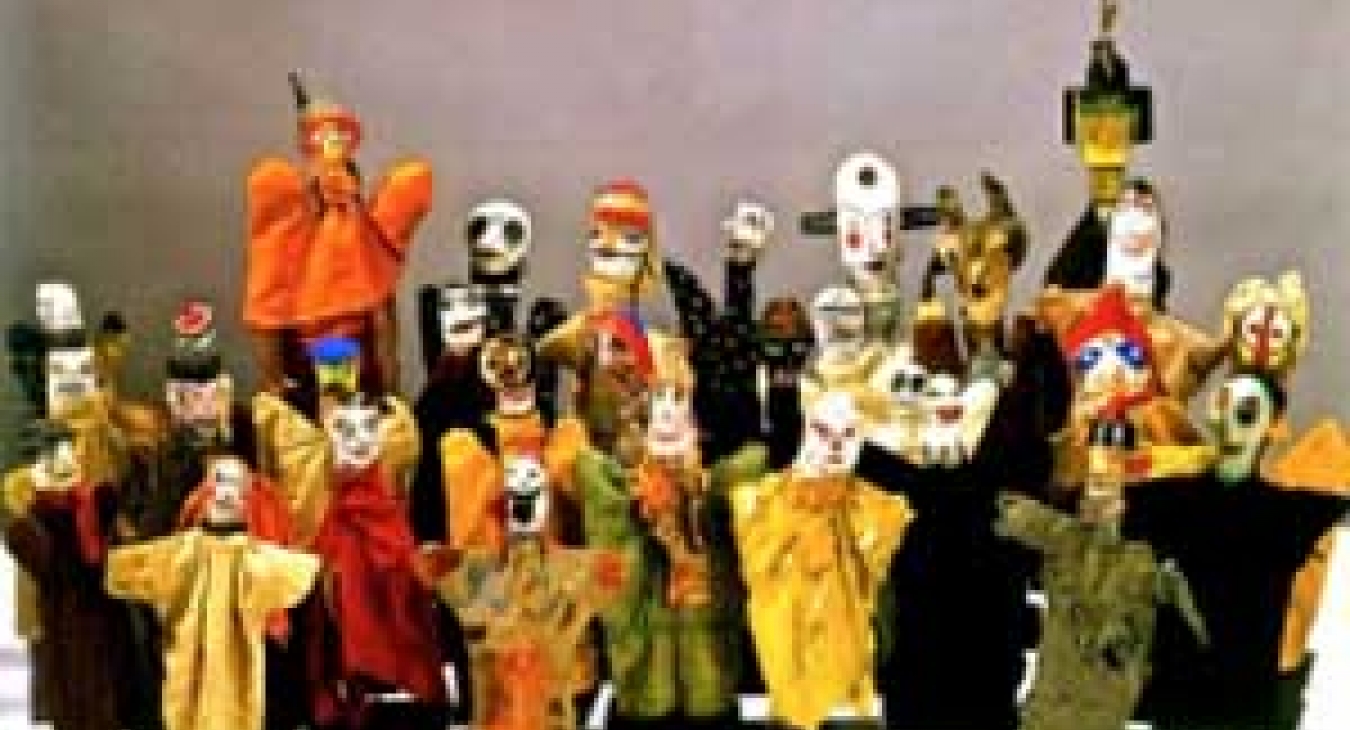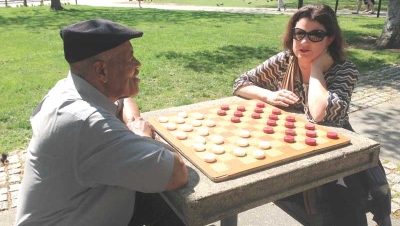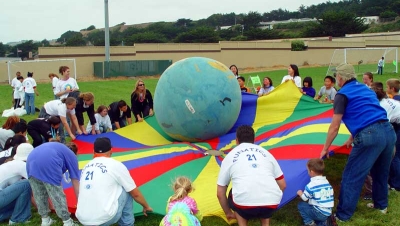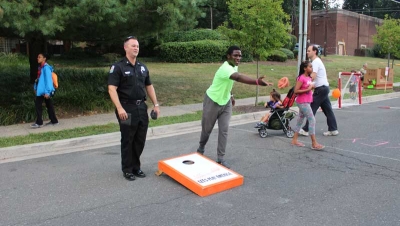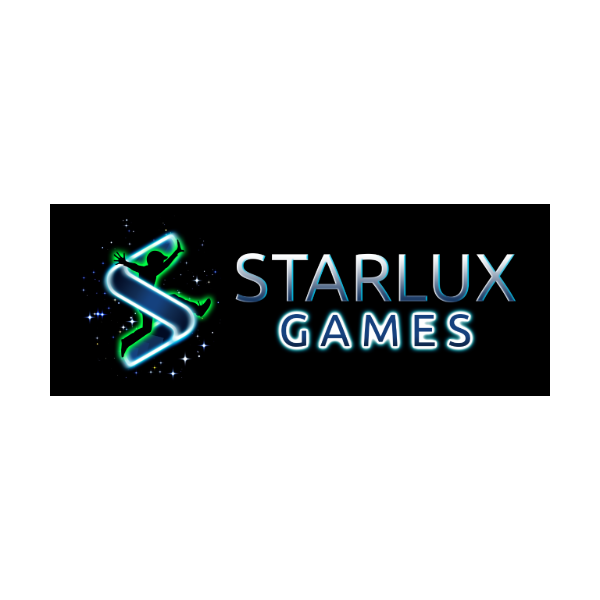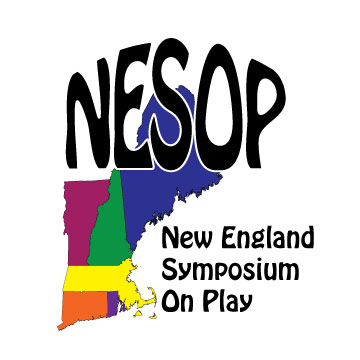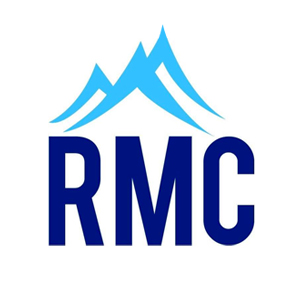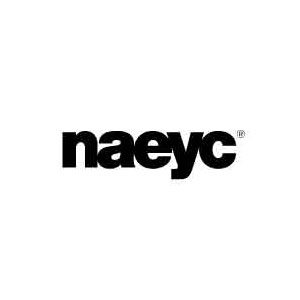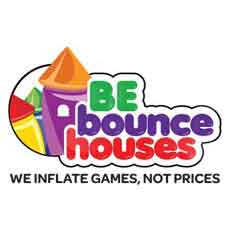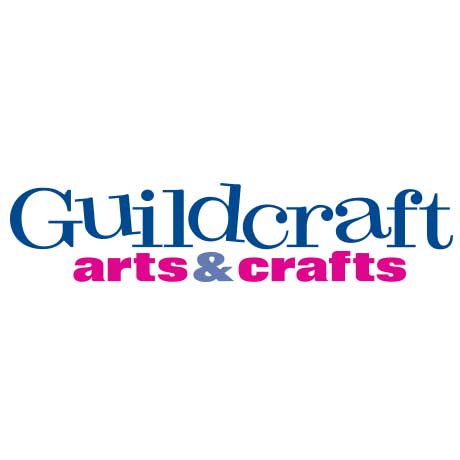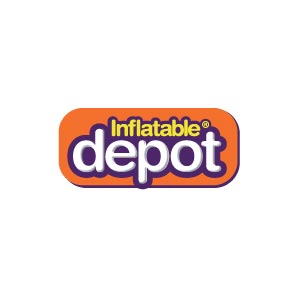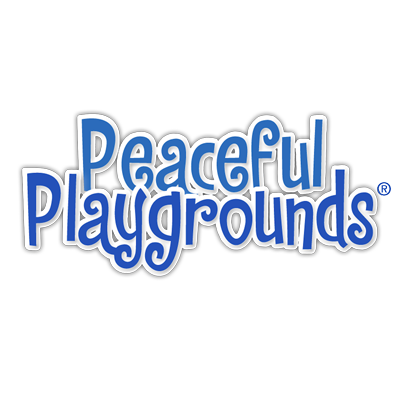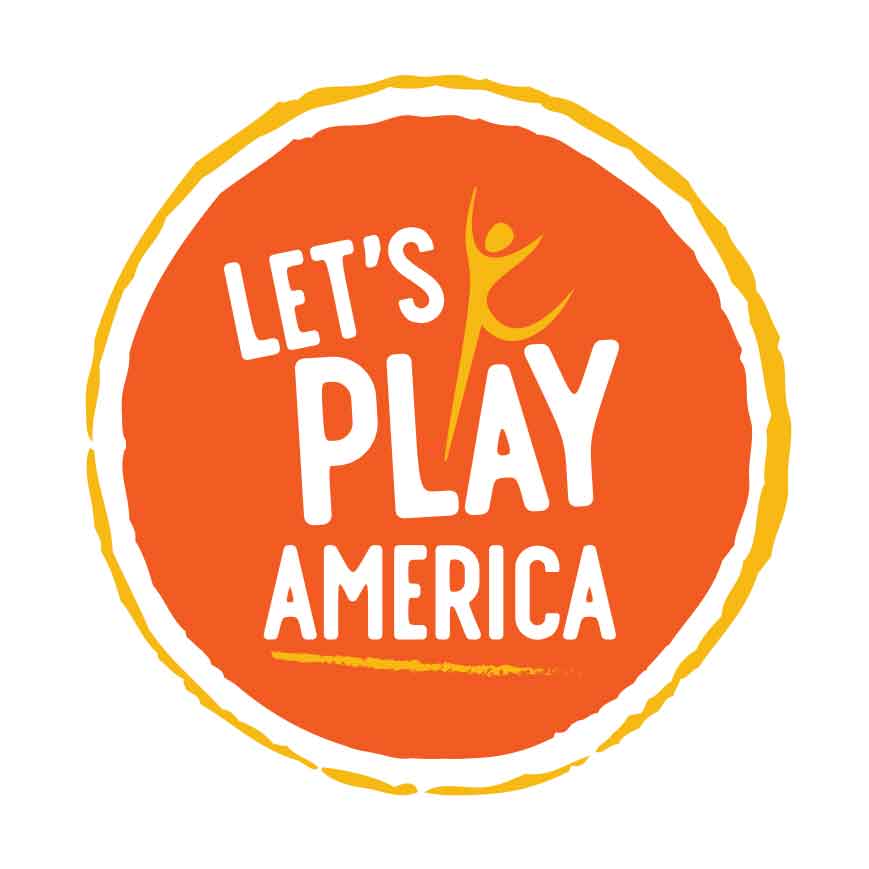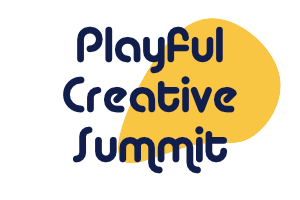Paul Klee PlayArt
“It is the creative process that holds the spell, not the finished work.” writes PlayArtist Ernst Lurker.
In my so-called work, I use the word “playfulness” instead. It’s not the game or toy or equipment that I find so spellbinding. It’s the way in which it gets played or played with. The more playful the play, the better.
There is a difference, though, between the creative and the playful act. To be playful, all you need do is play playfully. To be creative, you need to create something. This is why Ernst Lurker’s statement seems almost blasphemous. Art, at least the kind of art we call “art,” is all about what gets created, not how. And yet, as you browse through all the art archived on his amazing site - www.playart.org - you can’t avoid noticing how playful it all is, how almost every example is an invitation to play, how just about every artist seems to be so playful.
Most of us do not consider ourselves to be artists. We are advocates and designers of toys, games, playground equipment, playgrounds. But, like artists, we are not judged by our playfulness, nor are we, in truth, judged by the playfulness of our finished works. If we are to design a playground, we are expected to design a place of exercise and safety, not necessarily of play, and more rarely yet, a place where players play playfully. And so our design processes, and we, ourselves, become increasingly less playful. And, though we design, and many of our designs are aesthetically pleasing, the very idea that our designs are, in fact, art, and that we are, in truth, artists - seems almost presumptuous.
It is that very presumption that I would like to encourage us all to make. That we are not only artists, but we are also artists of the playful. That our art is conceived through playfulness and our purpose is to create objects that engage people in playful pursuits. That a “good” playground is not just a place where children or adults can exercise safely, but even more, an environment that is conducive to play, to playful, creative, social, physical, intellectual, spellbinding play. And that we not only are creators of these playful spaces and devices, but that we, like all artists, spend our days spellbound by the mystery of the creative process, guided by our own playfulness.
(For more about Ernst Lurker’s PlayArts site, see my article - http://www.aplayfulpath.com/playart/)
Source
